
HomePony Know HowPony Care TipsHealthLaminitis low-down
-
Pony Care Tips
Learn everything you need to know about caring for your fave pony. From feeding and grooming to mucking out – we have it all here!
-
Riding Tips
Improve your riding with our fab articles! Whether it's building your confidence, riding shapes, or jumping spreads that you need tips on, we have something for every rider.
Latest News
Laminitis low-down
Posted in Health
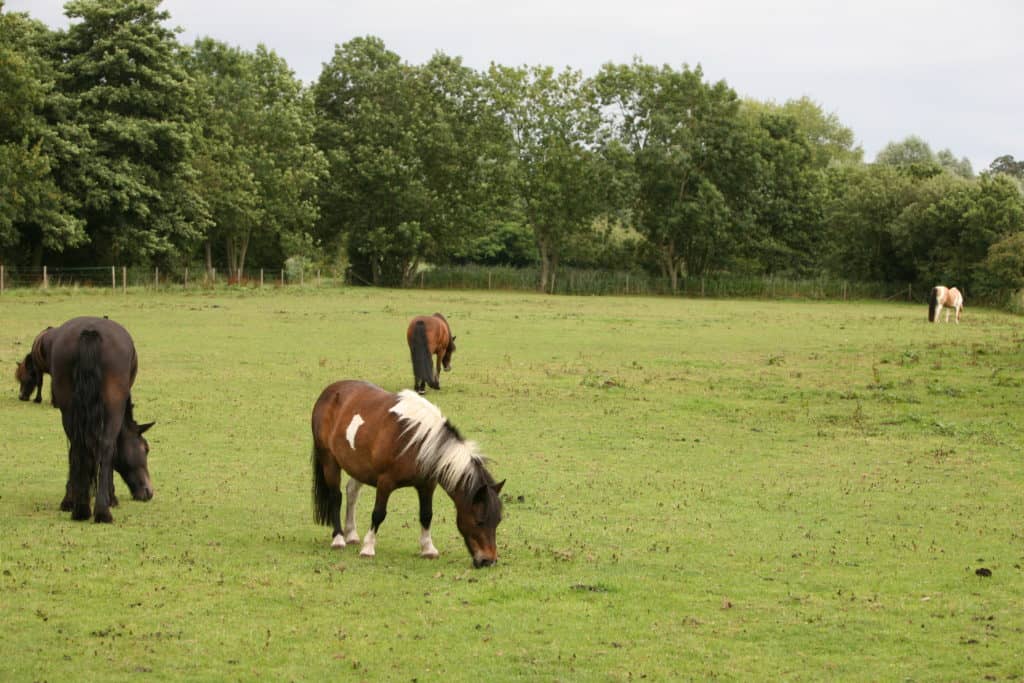
Our expert
Vet Claire Wylie works at Rossdales Veterinary Surgeons in Newmarket. She’s most interested in equine grass sickness and laminitis.
Laminitis can affect any pony, so it’s important that you know what to look for so that you can spot the signs early. And it’s not just in spring when the new, lush grass grows that you need to be on the lookout for laminitis, it can happen at any time of year, so remember to keep an eye out for it all year round.
What is laminitis?
Laminitis affects your pony’s feet. There are sensitive tissues inside his feet called laminae and the laminae hold his pedal bone in place. When your pony gets laminitis, the laminae become inflamed, which is very painful for him. If the laminitis is severe, the laminae become damaged and can’t support the pedal bone, and the pedal bone sinks down, which can be very serious if it drops down too far.
Is your pony at risk?
While every pony is at risk of laminitis, there are some types of pony and some situations that make the chances higher. So if your pony ticks any of these boxes, it’s important to keep an extra-close eye on him…
- if he is a native pony or small pony
- if he seems lame or foot-sore after trimming or shoeing
- if he has recently gained weight
- if he has just been turned out in a new field
- if he has PPID (also known as Cushing’s disease) or equine metabolic syndrome
- if he has had too much hard feed – for example, if he has broken into the feed room
- if he has done a lot of trotting on hard ground
- if he’s been very poorly
- if he has a severe injury that’s causing him to put extra weight on one leg for a long time
Look out for the signs
Laminitis can happen in any of your pony’s feet, but in most cases it’s the front feet that are affected. If your pony has laminitis, he may stand in an unusual way, rocking back onto his hindlegs, with his forelegs stretched out in front of him. However, laminitic ponies don’t always stand like this, which makes spotting laminitis much trickier. Other things you need to look out for include…
- an increased digital pulse
- difficulty turning around
- a short, stiff walk
- not wanting to move
- heat in his feet
- lying down a lot
- shifting his weight from one foot to the other
Time for the vet
If you think your pony might have laminitis, call your vet straightaway – it is always an emergency. This is because the sooner he’s treated, the less chance there is of him having serious, permanent damage to his feet. When your vet arrives, they will check your pony over to make sure it is laminitis, then there are several things they will do to help him feel more comfortable and reduce the inflammation…
- your vet may take X-rays to see if his pedal bone has moved
- he will be given pain relief and may also be sedated
- he will have frog supports put on his feet to help him feel more comfortable
- he will be put on box rest on a deep bed
- he will need to have grass and hard feed restricted, and be fed low-nutrient forage, such as well-soaked hay
- your vet will speak to your farrier so that your pony’s feet are trimmed and shod in a special way to make him more comfortable
Protect his feet
Taking steps to prevent laminitis is very important, especially if your pony has had laminitis before, because he will be at risk of getting it again. To help reduce the chances of your pony getting laminitis, you should…
- speak to your vet if you think your pony might have PPID (Cushing’s disease) or equine metabolic syndrome. These conditions can lead to laminitis, so make sure he is receiving treatment for them
- make sure your pony is the correct weight and keep an eye on his weight by using a weigh tape every few weeks. Try not to give him hard feed unless he really needs it – hay and grass, plus a balancer to give him vitamins and minerals each day, should be enough. If he is gaining weight, reduce how much he is eating a little – never drastically reduce the amount of food you give him, though
- make sure that he gets plenty of exercise, so that he doesn’t put on weight
- restrict how much grass he eats by fencing off a small area for him with electric fencing or fitting a grazing muzzle
- avoid turning him out on lush or frosty grass. If he lives out and it’s a frosty morning, put some hay out so he can eat that instead
- make sure he has regular visits from the farrier


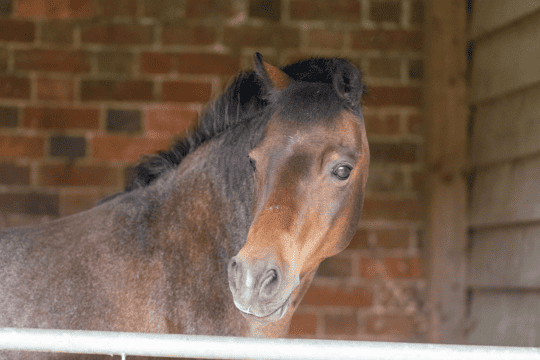
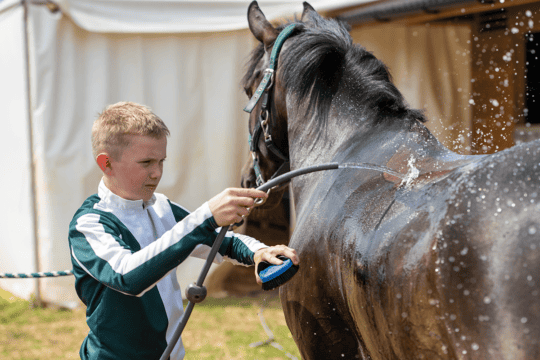

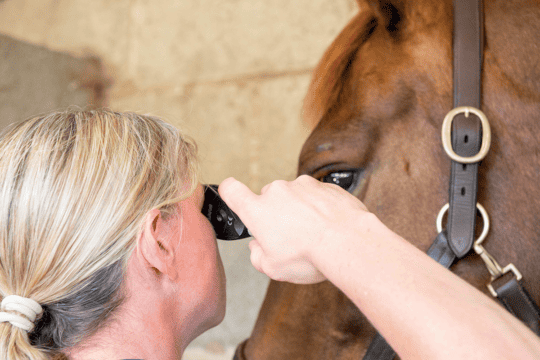




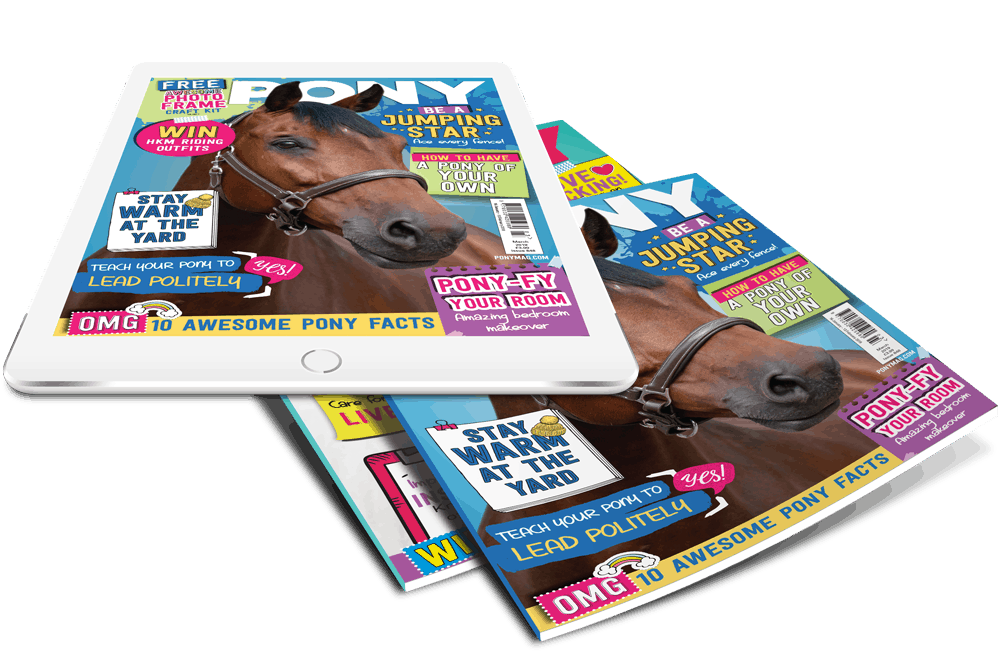











Leave a Reply
You must be logged in to post a comment.